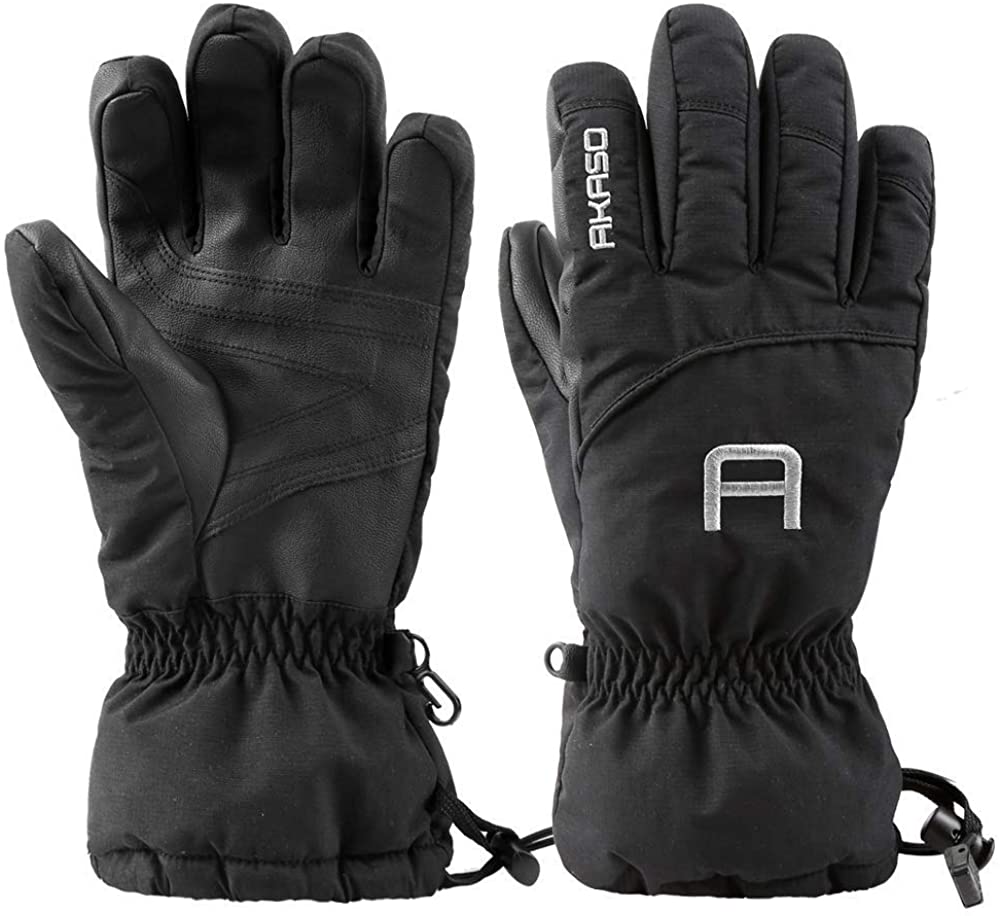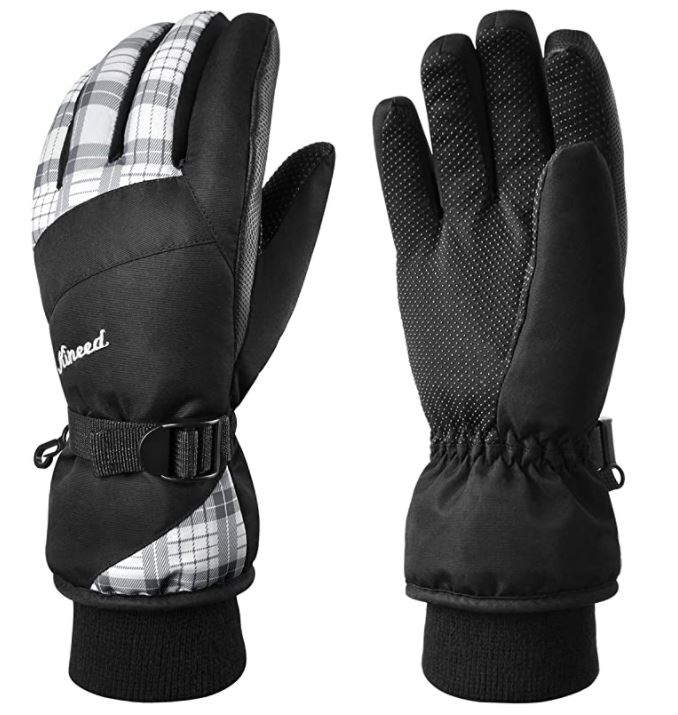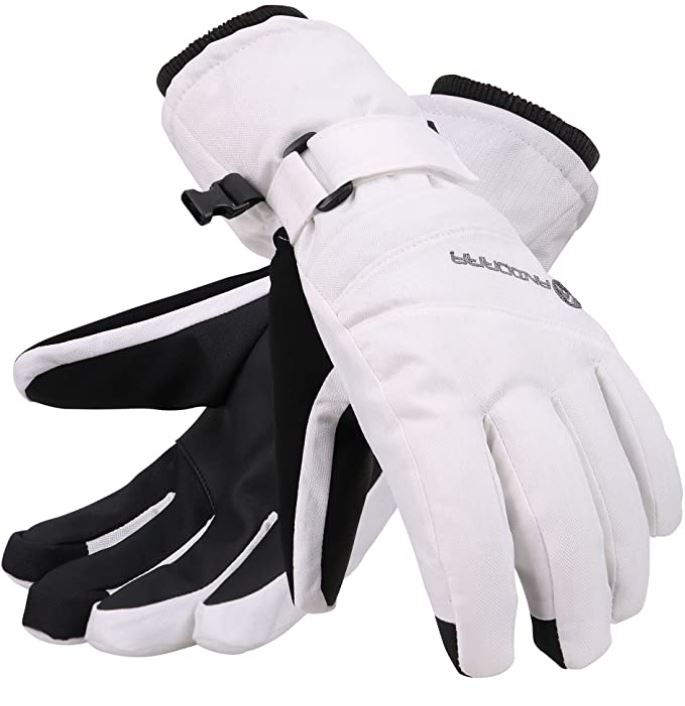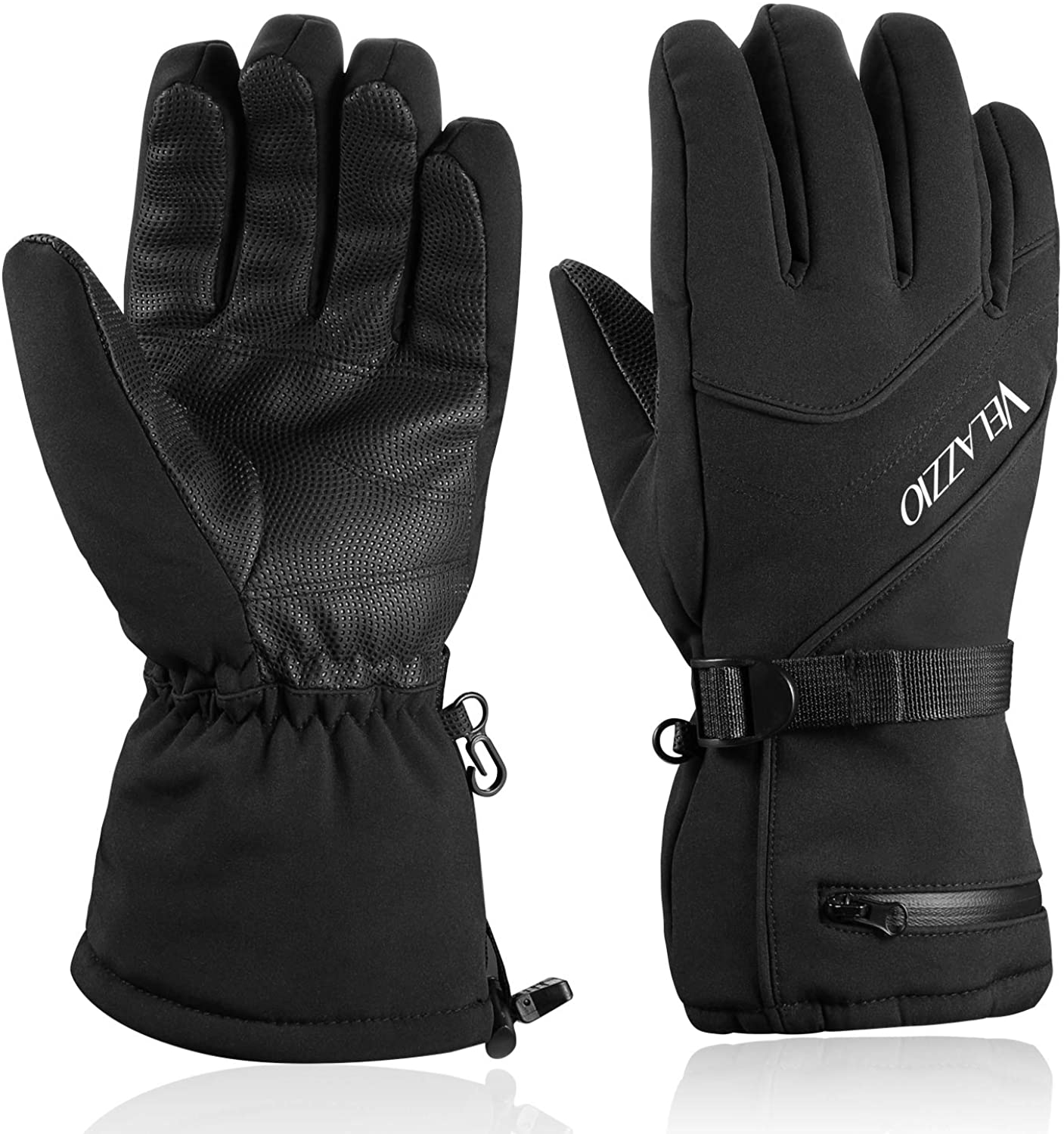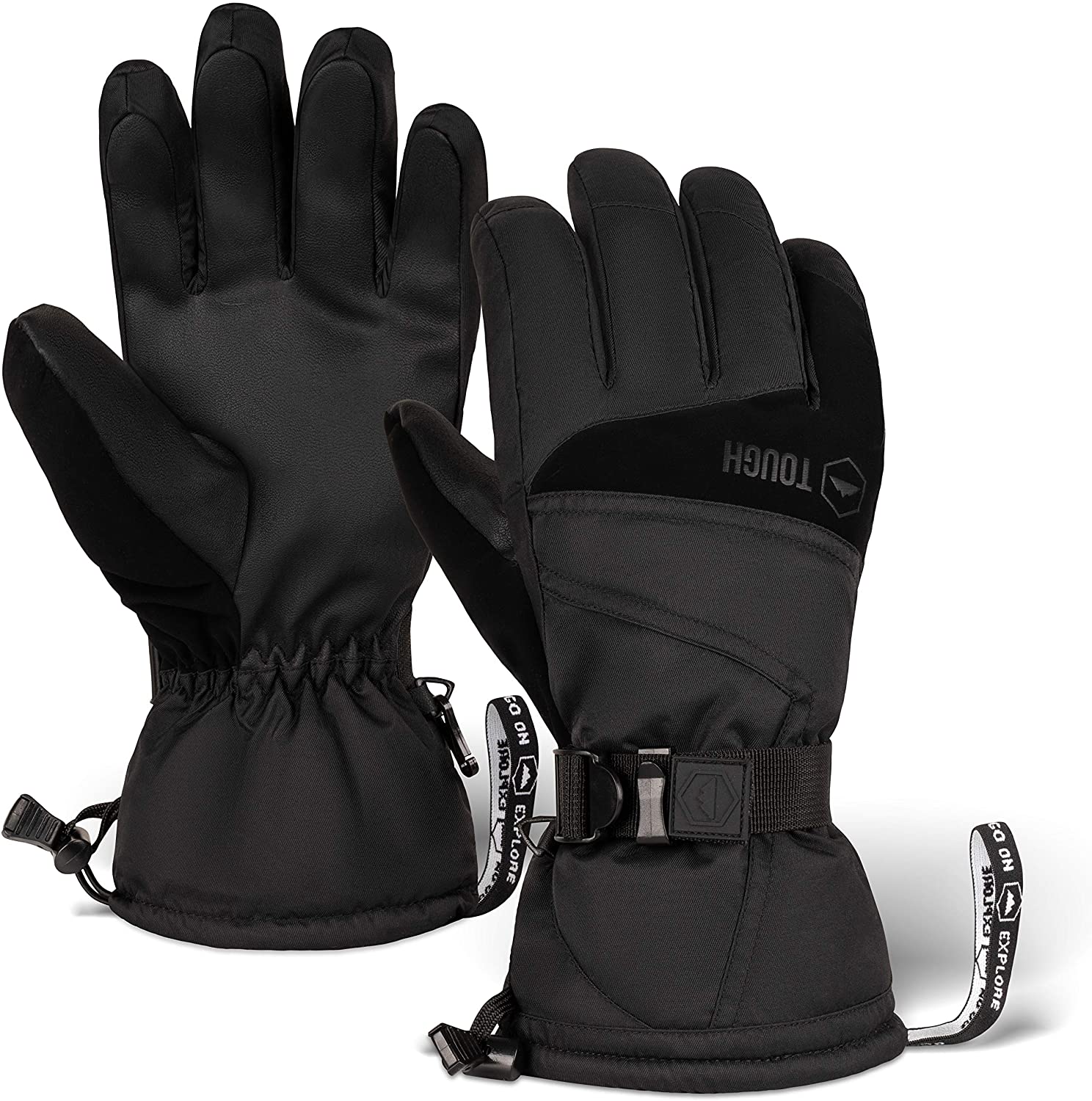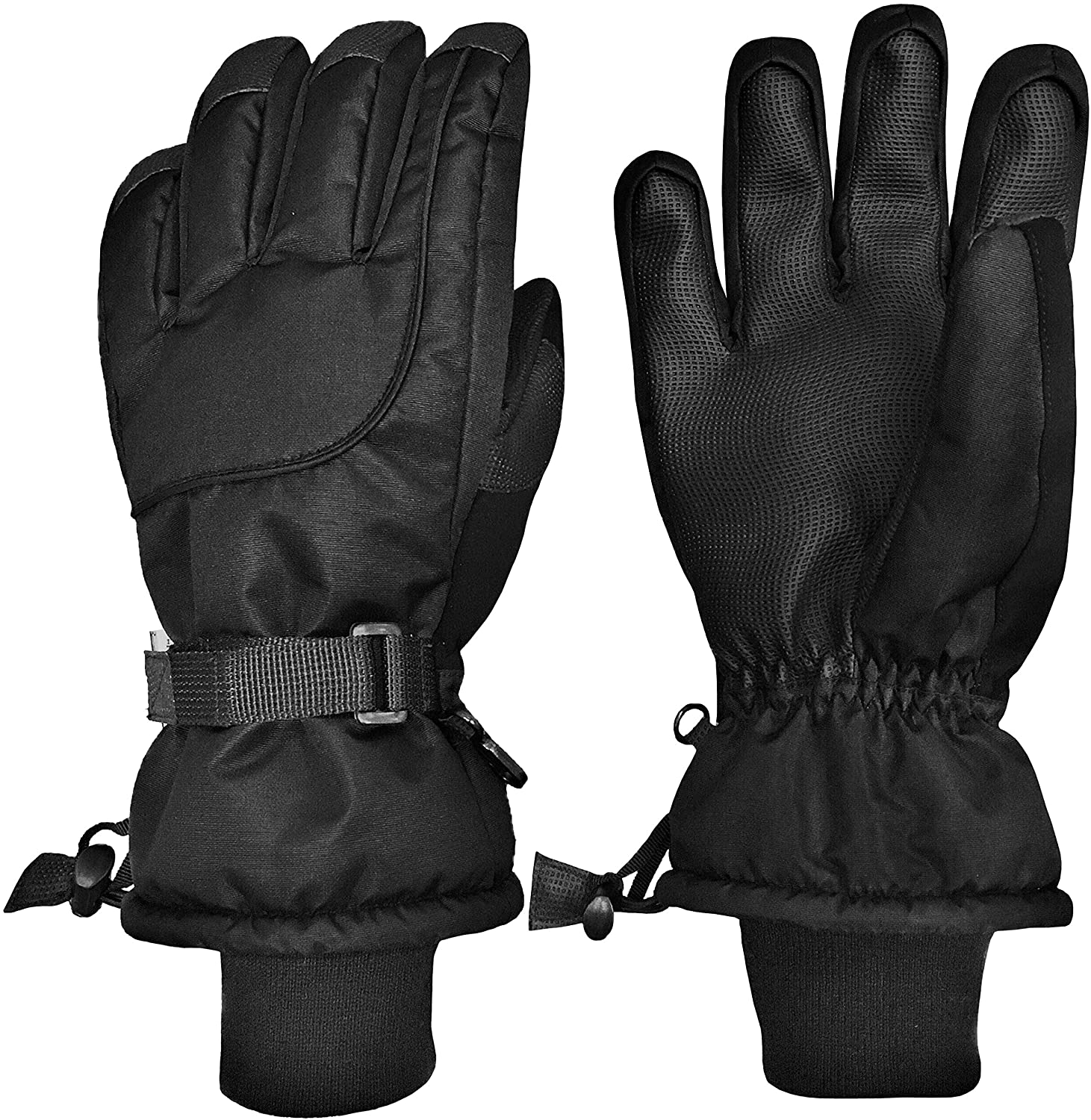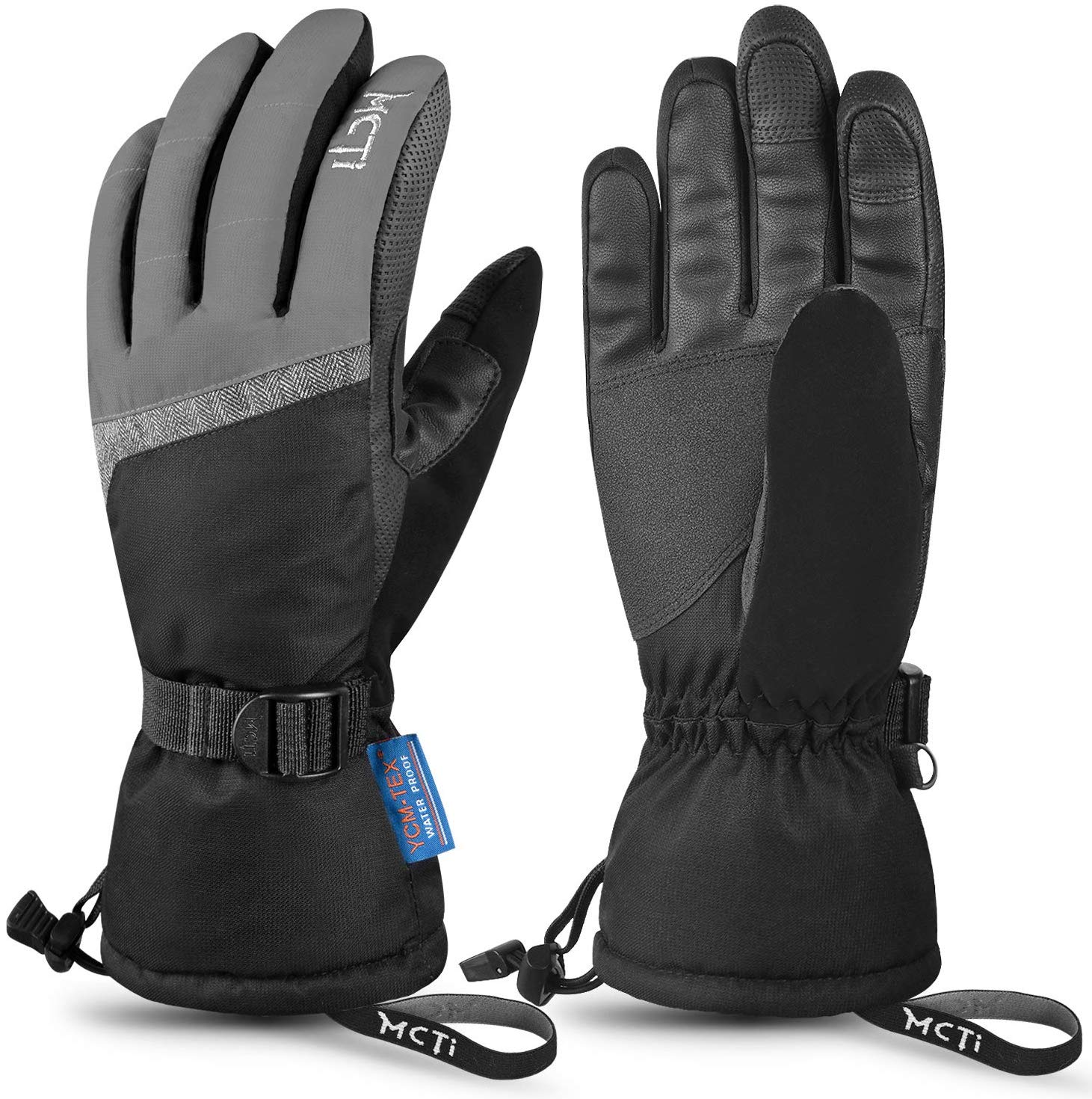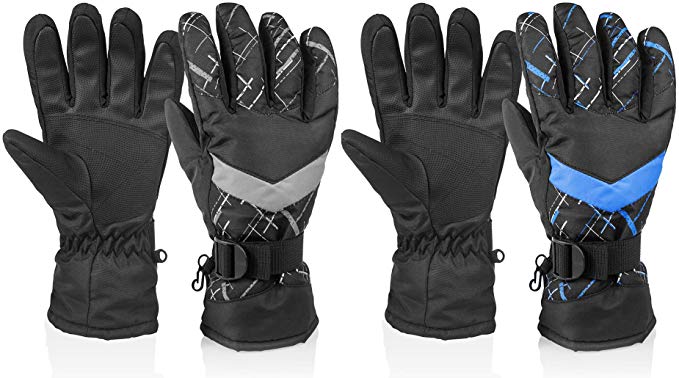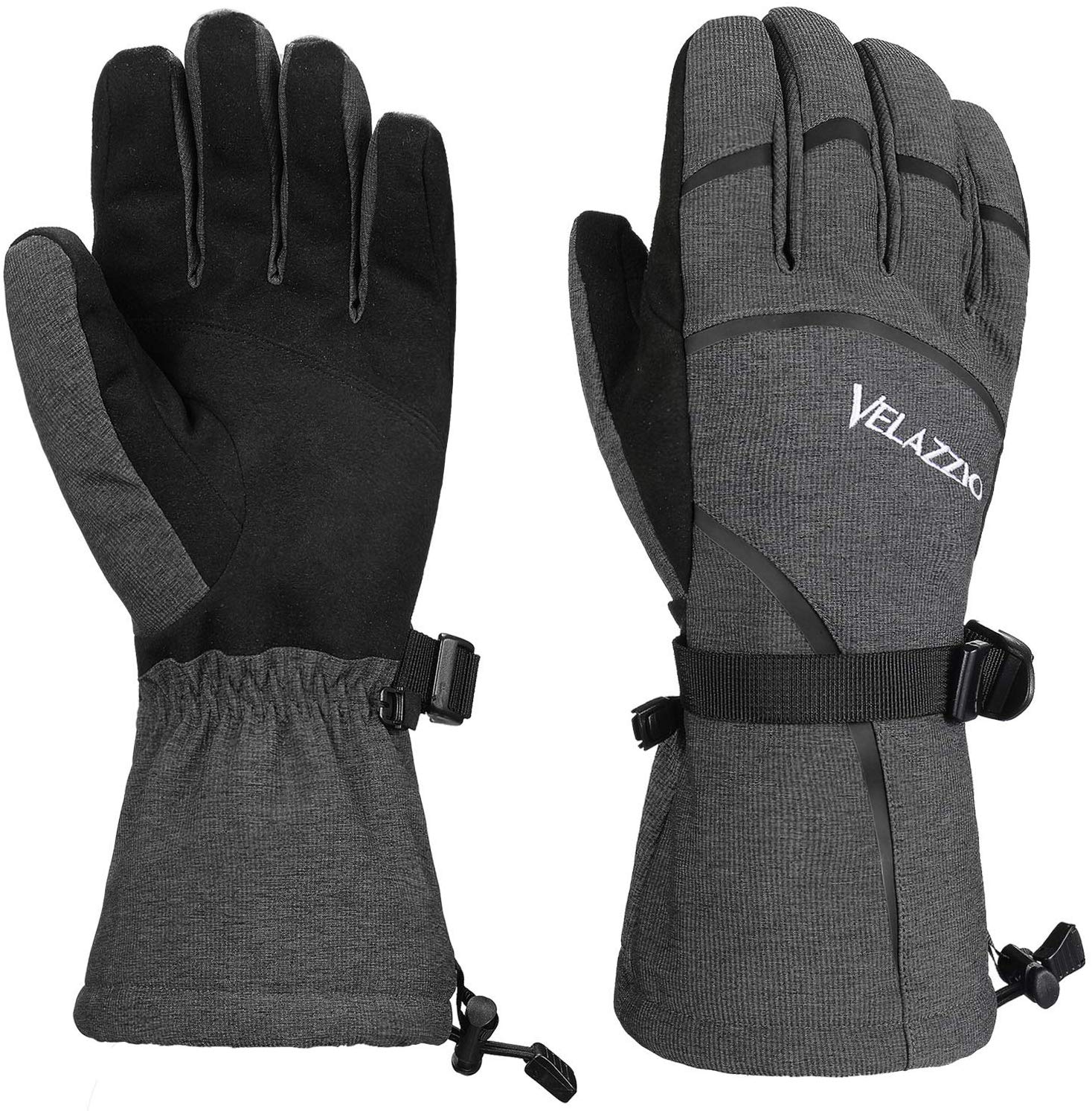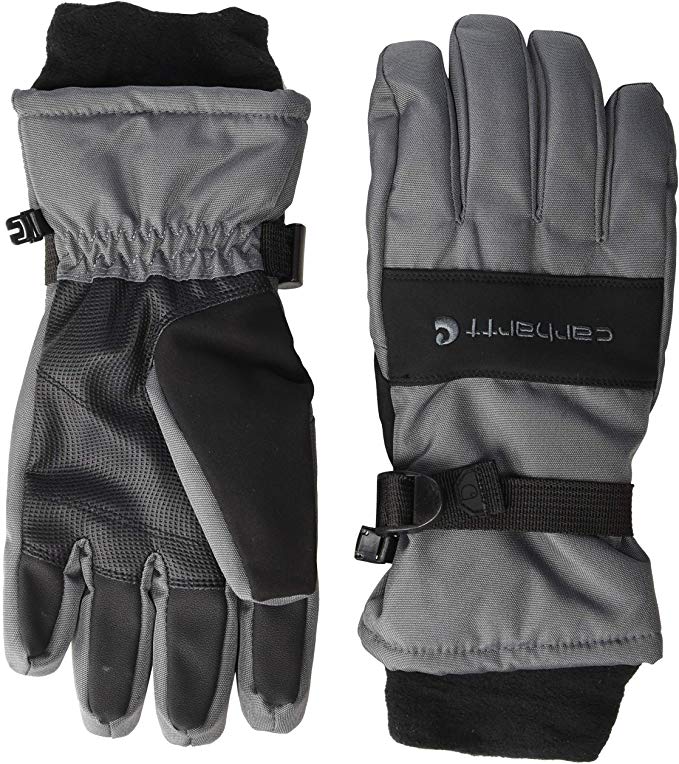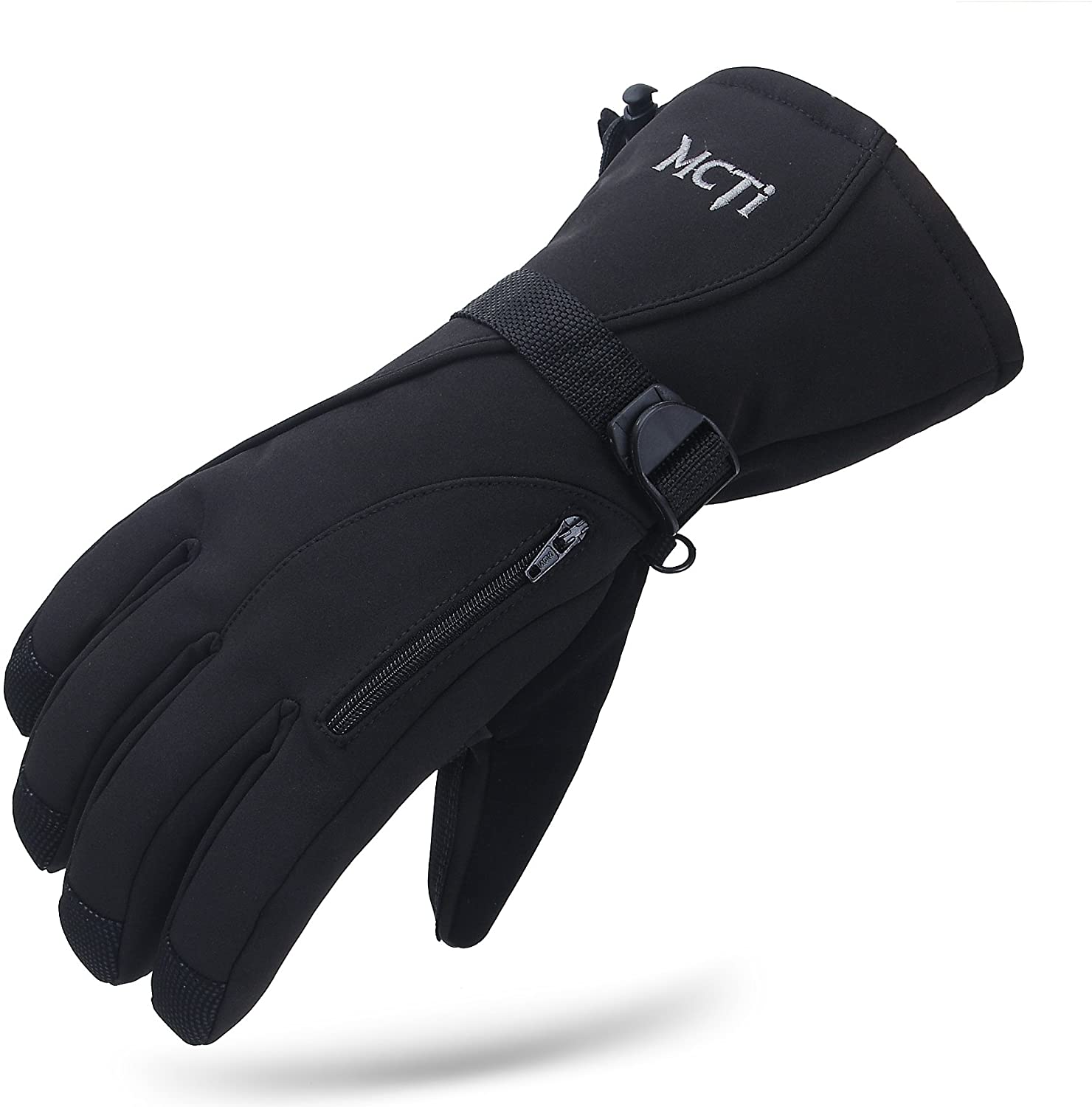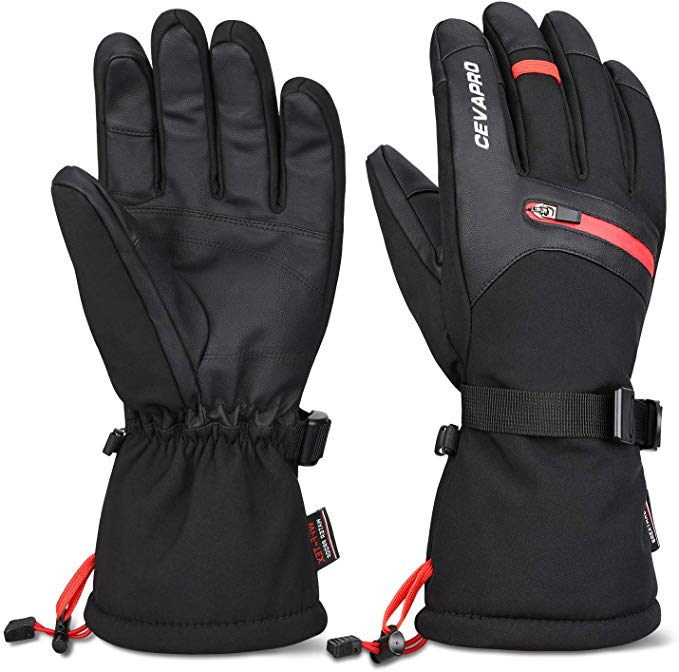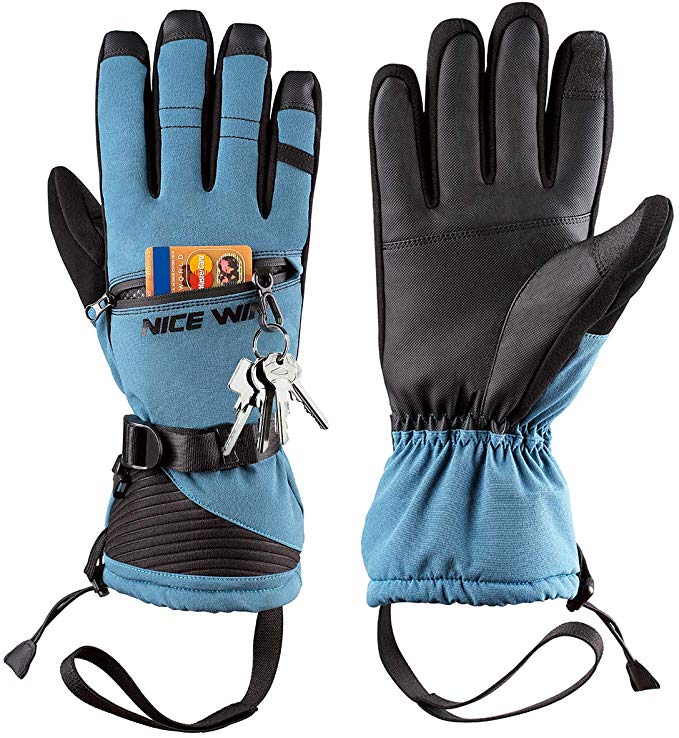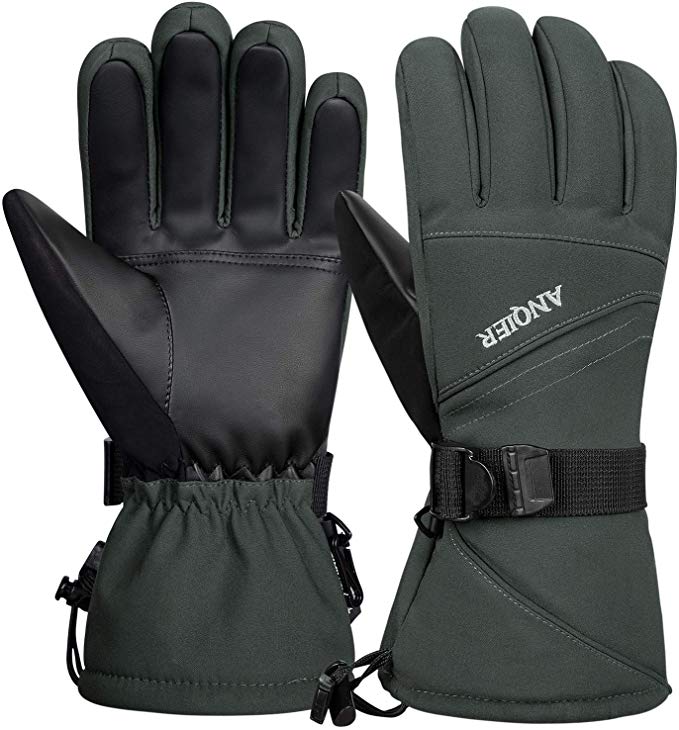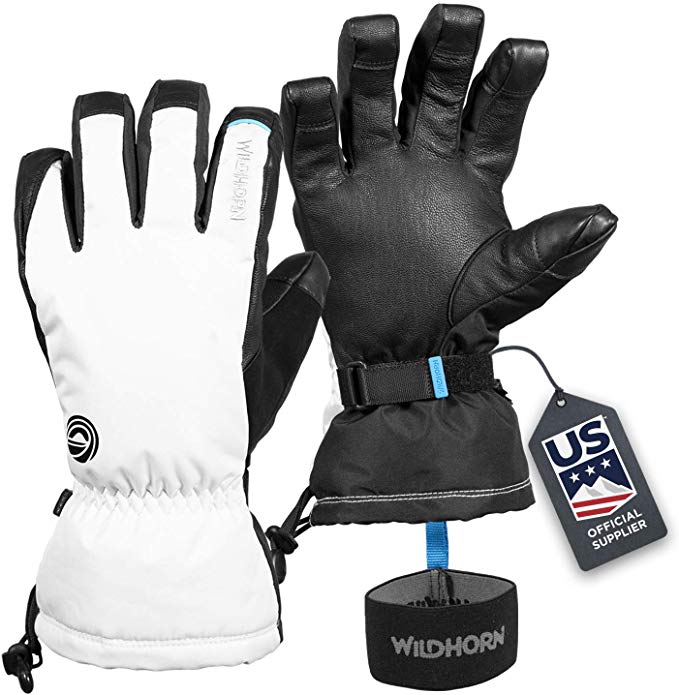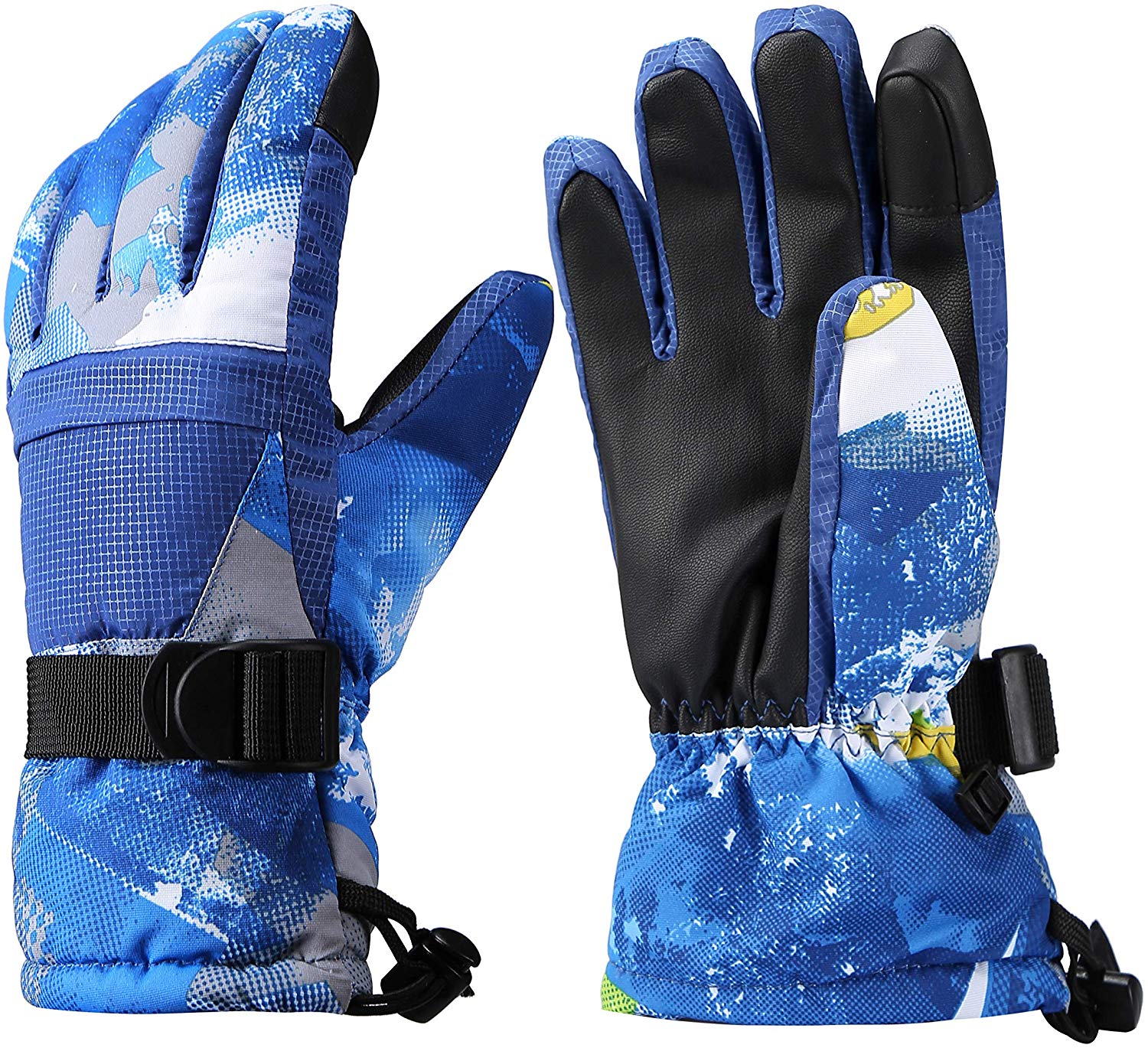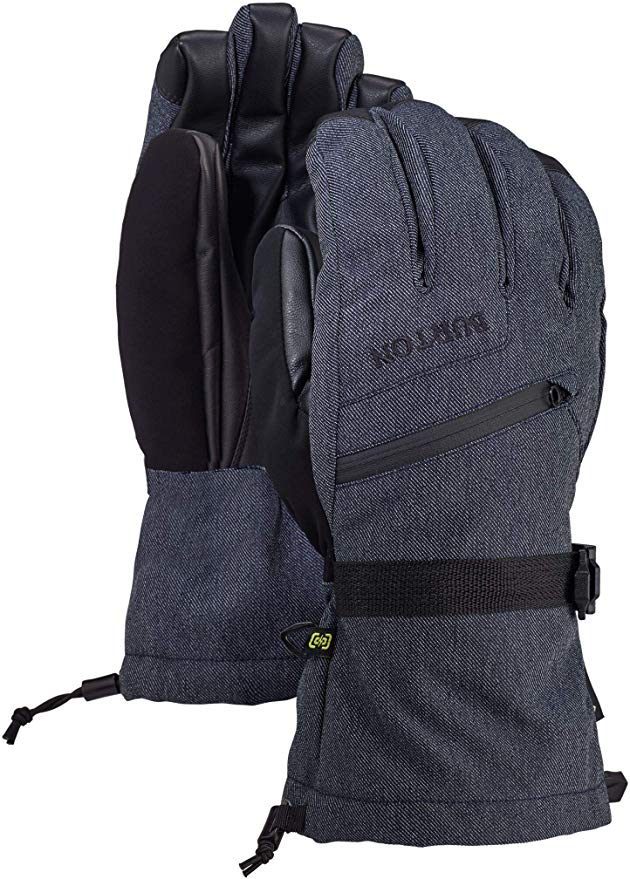AKASO 3M Thinsulate Waterproof Warm Insulated Ski Gloves
Last updated: November 10, 2021
Made using 3M Thinsulate insulation, you'll find these ski gloves are able to retain heat while you play in the snow. The gloves are breathable and feature an outer waterproof layer to keep snow from seeping through the fabric. The palms also feature a grip, so you can hold on tight to your ski poles.
We looked at the top Ski Gloves and dug through the reviews from some of the most popular review sites. Through this analysis, we've determined the best Ski Glove you should buy.
Product Details
Key Takeaway: This set of ski gloves is designed to be breathable, as well as warm and comfortable.
In our analysis of 73 expert reviews, the AKASO 3M Thinsulate Waterproof Ski Gloves placed 5th when we looked at the top 18 products in the category. For the full ranking, see below.From The Manufacturer
40g of 3M Thinsulate insulation, which provides nearly twice the warmth of other material, and 140g of cotton ensure maximum heat retention while remaining thin and light for optimal dexterity. Shell exteriors are treated with a durable water repellent (DWR) finish; Fan-Tex membranes keep soggy elements out while letting sweat vapor escape, ensuring dry comfort at all conditions. The palm is made of durable and grippy PU palms. Soft moisture-wicking fleece lining, keeping warm in low temperature. Elastic wrist cord and adjustable drawstring closure prevent snow and cold air from creeping in. Anti-lost buckles keep ski gloves together when not wearing. More convenient to carry and not easy to lose.
